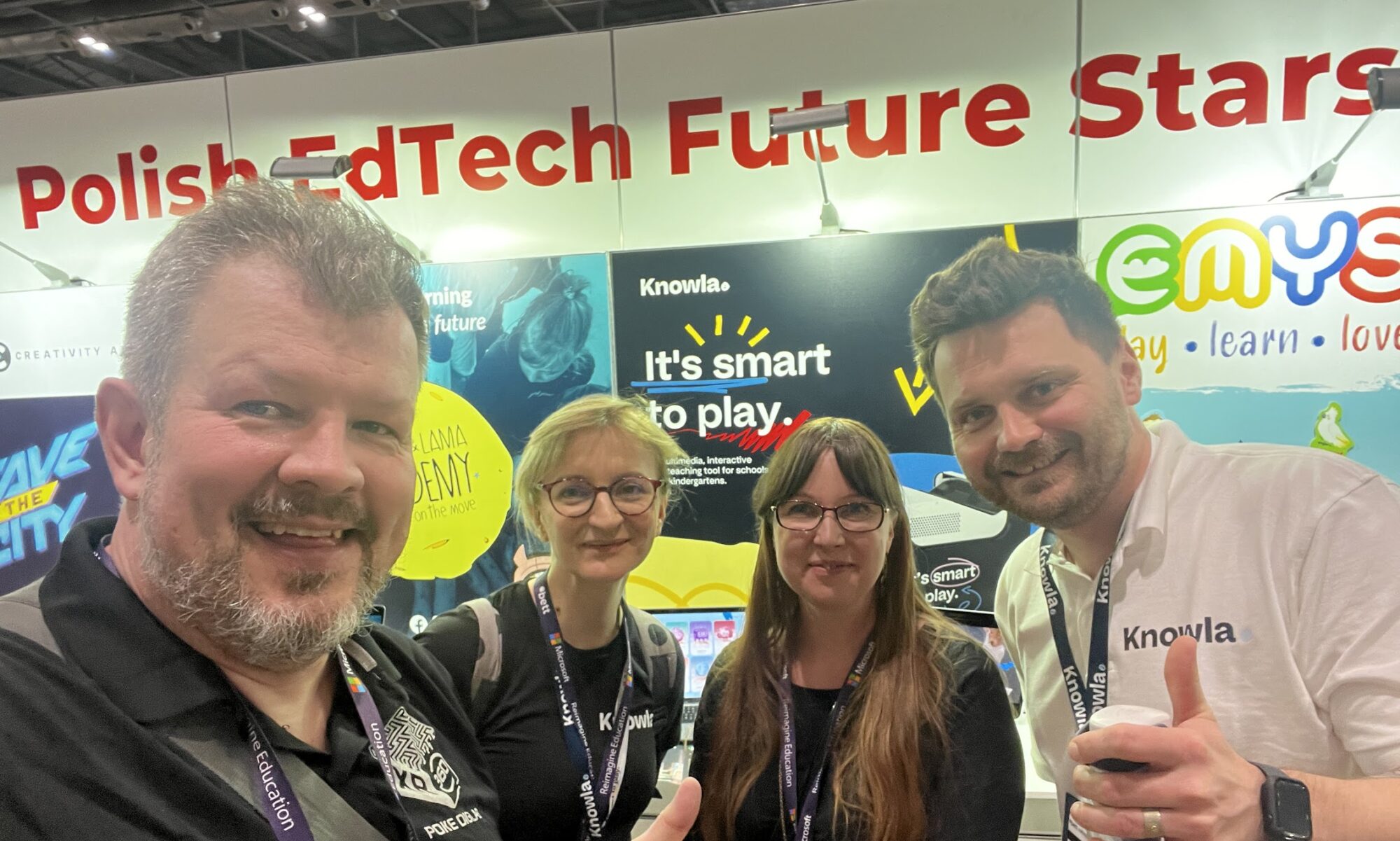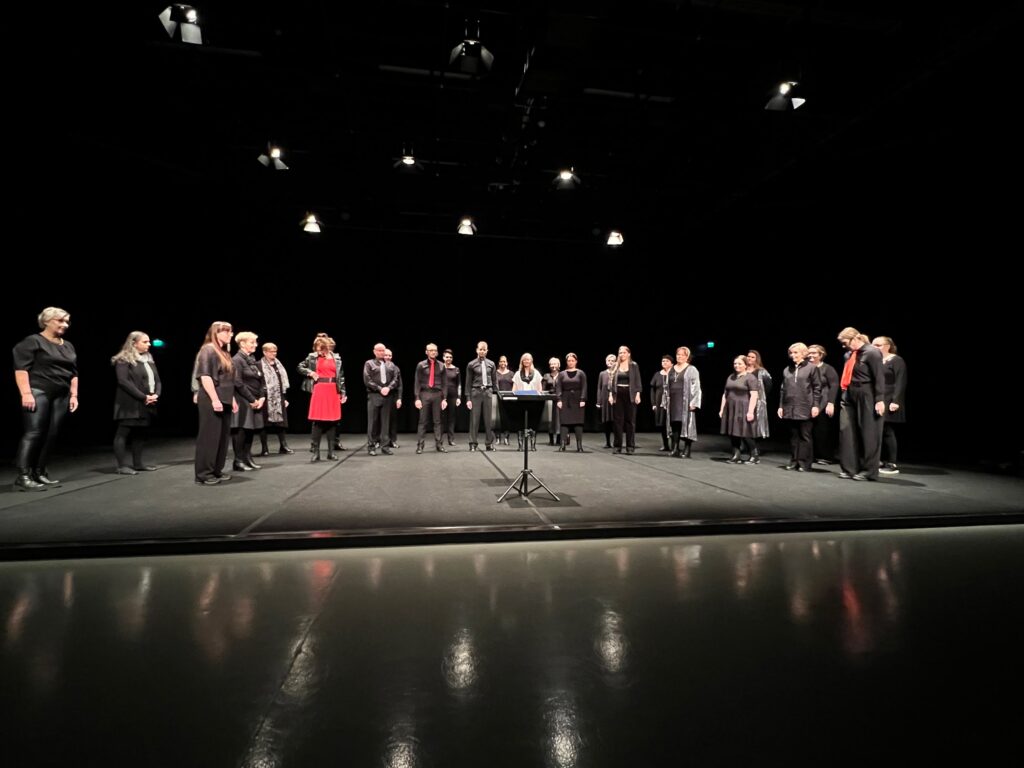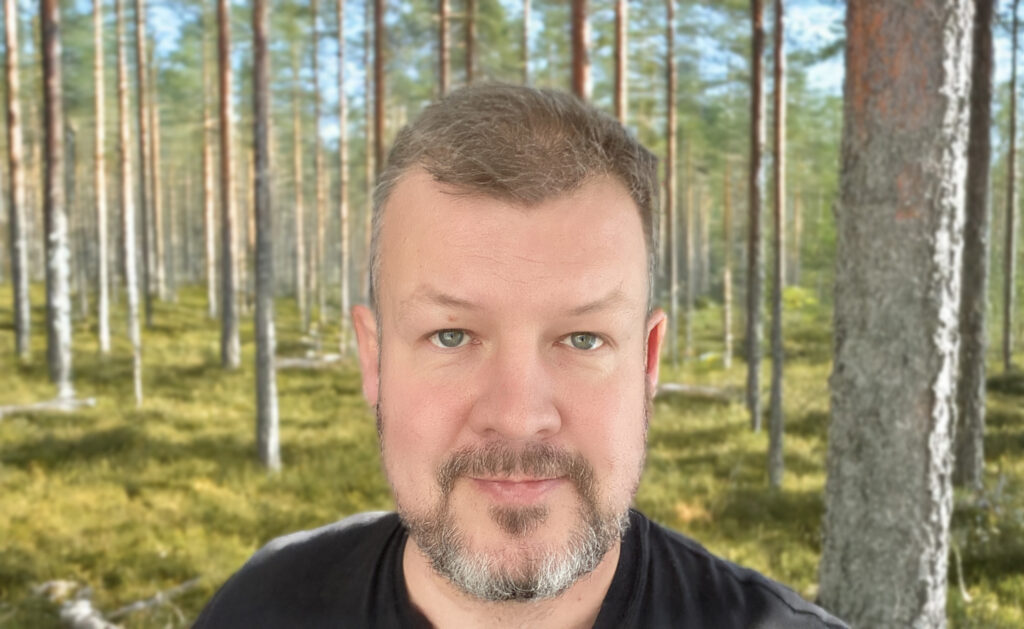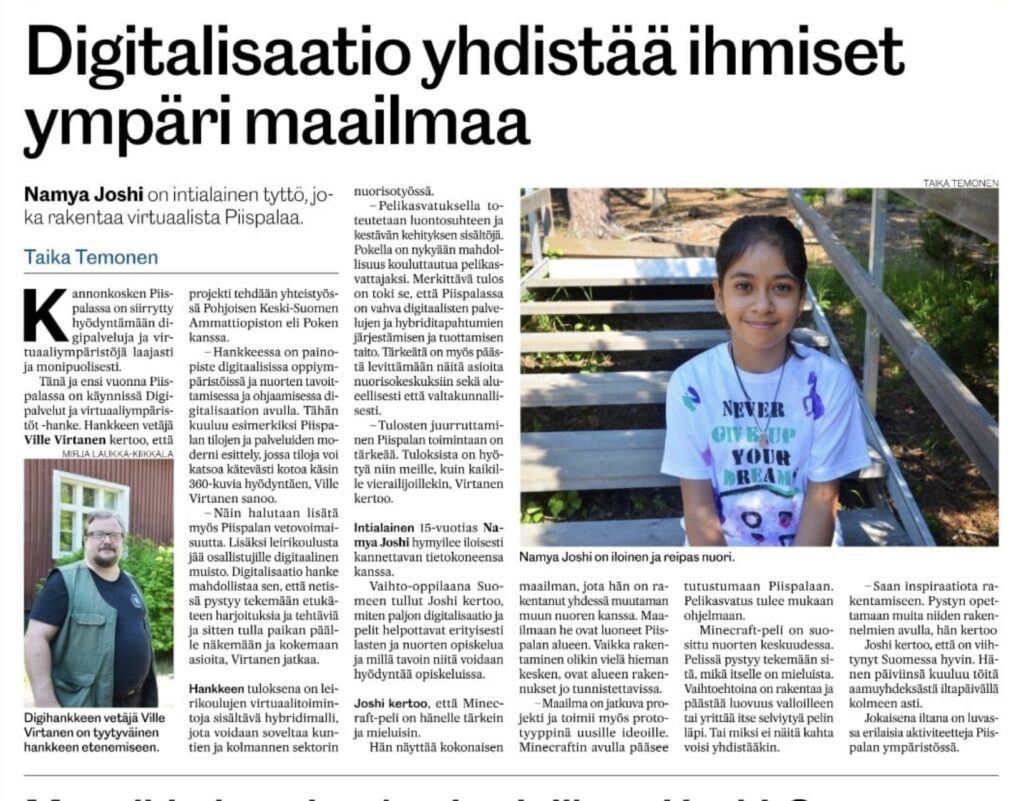I’ve been experimenting with Home Assistant for a while now, and my current setup showcases just how powerful and intuitive IoT-based home automation can be. The main display is the “mission control” for my house—an at-a-glance dashboard that keeps me informed about room temperatures, humidity levels, energy consumption, and even who’s home.
But for me, it goes beyond simple convenience. I believe that integrating IoT and automation into vocational education can spark a revolution in how we design, build, and manage homes and workspaces. Here’s why:
1. A Healthier, More Efficient Environment
- Better Air Quality and Comfort: With sensors tracking temperature and humidity, we can automate ventilation and heating to maintain optimal indoor conditions. This approach reduces the risk of mold, improves overall health, and makes living or working spaces more comfortable.
- Energy Savings: By programming devices to turn off when rooms aren’t in use, or by automating heating and cooling based on real-time data, we can significantly cut down on energy costs and reduce our carbon footprint.
2. Safer Living for Everyone
- Elderly Care: Smart sensors and automated alerts can provide peace of mind for families with elderly members. For example, motion detectors can notify caregivers if someone hasn’t moved around for a certain period, or if a door is left open.
- Emergency Notifications: Smoke detectors, leak sensors, and other safety devices can be integrated into a central dashboard, allowing immediate action if something goes wrong.
3. Bringing IoT and Automation to Vocational Education
- Hands-On Learning: By introducing real-world IoT projects into vocational programs, students can develop practical skills in electronics, networking, and software integration.
- Cross-Curricular Opportunities: From construction and electrical engineering to healthcare and hospitality, automation technology can be embedded in almost any field. Students can learn how to install sensors, program automation flows, and troubleshoot systems that apply directly to their chosen professions.
- Industry Relevance: As more businesses adopt IoT solutions, having graduates who understand how to design, install, and maintain these systems will be a major advantage in the job market.
4. The Road Ahead
My current Home Assistant setup is just the beginning. As sensors become more affordable and connectivity improves, I see endless possibilities for making our environments healthier, more efficient, and safer. By weaving these concepts into vocational curricula, we can empower the next generation of professionals to create solutions that truly make a difference in people’s lives.
- Expand Sensor Networks: Future projects might include air quality sensors, occupancy detection, and advanced energy metering to fine-tune how resources are used.
- AI and Predictive Automation: By harnessing data analytics and machine learning, automation systems can anticipate needs—like adjusting heating before you even realize you’re cold.
- Community Collaboration: I’m also excited about sharing knowledge with local schools, colleges, and training centers to inspire more hands-on IoT projects that benefit both students and the wider community.
In a nutshell, this setup you see is a testament to how user-friendly and impactful IoT can be. It’s not just about convenience—although that’s certainly a perk. It’s about envisioning a world where homes and workplaces are designed with wellness, efficiency, and safety in mind. And by bringing these principles into vocational education, we’ll be laying the foundation for a smarter, healthier future for everyone.




